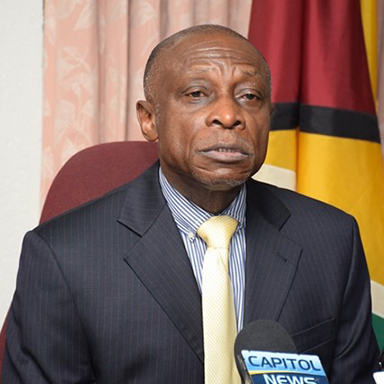Foreign Trade
Guyana’s Agent to the ICJ & Adviser on Borders
Introduction
I was asked to outline the importance of trade to the Caribbean and to make a few comments on the implications of that issue for the prospects of improved cooperation between the Caribbean and the USA. I am pleased to join this august gathering today to share some thoughts.
The story of the Caribbean and its relationship to international trade is well-known. Most prominent among the elements of that story is the heavy, and even inordinate, dependence of the economies on international trade not only in arithmetic terms, but in economic terms that is to say that international trade is amongst the key determinants of the levels of income, fluctuations in GDP, investment levels and direction as well as employment and income-distribution. A recent WTO estimate of Guyana’s external trade dependence (exports+imports/GDP) set the level in the region of 170% for the year and “Exports are still concentrated on a few primary products, notably gold, sugar, bauxite, and rice. Imports are of great importance to supply the domestic market, and are equivalent to approximately 100% of GDP. Persistent deficits in the merchandise trade balance and the current account of the balance of payments implies the economy is highly dependent on transfers from abroad, which makes Guyana more vulnerable to …. financial crisis. Although the United States’ share in Guyana’s total merchandise trade fell significantly, it continues to be Guyana’s main trading partner (23%GDP – 2014-16), followed by Trinidad and Tobago. Imports from Asia have increased significantly.”


